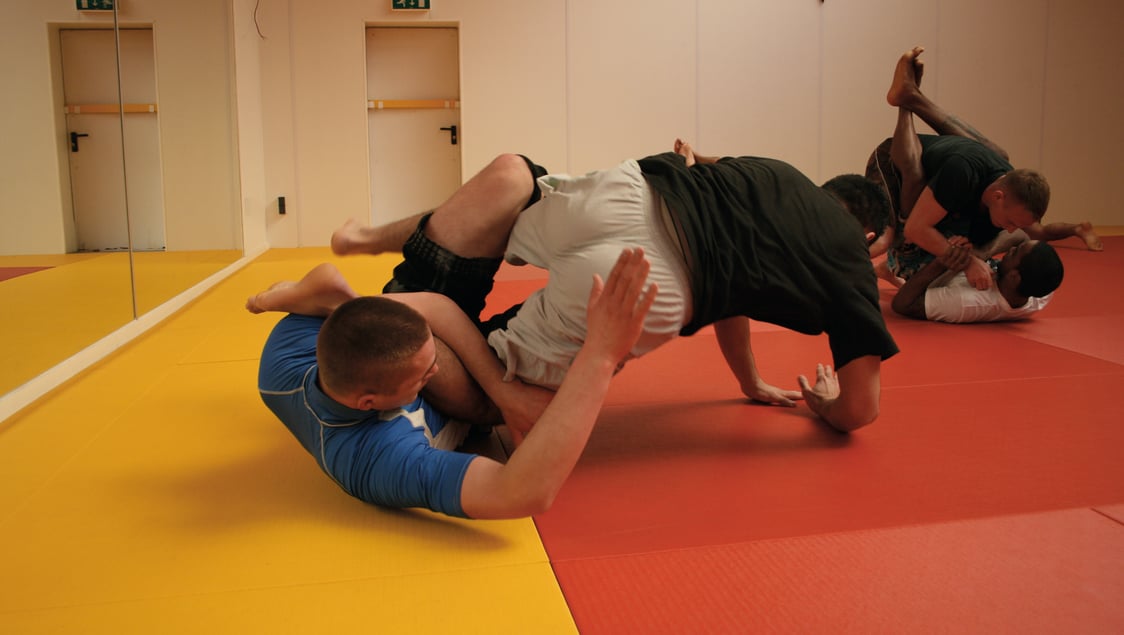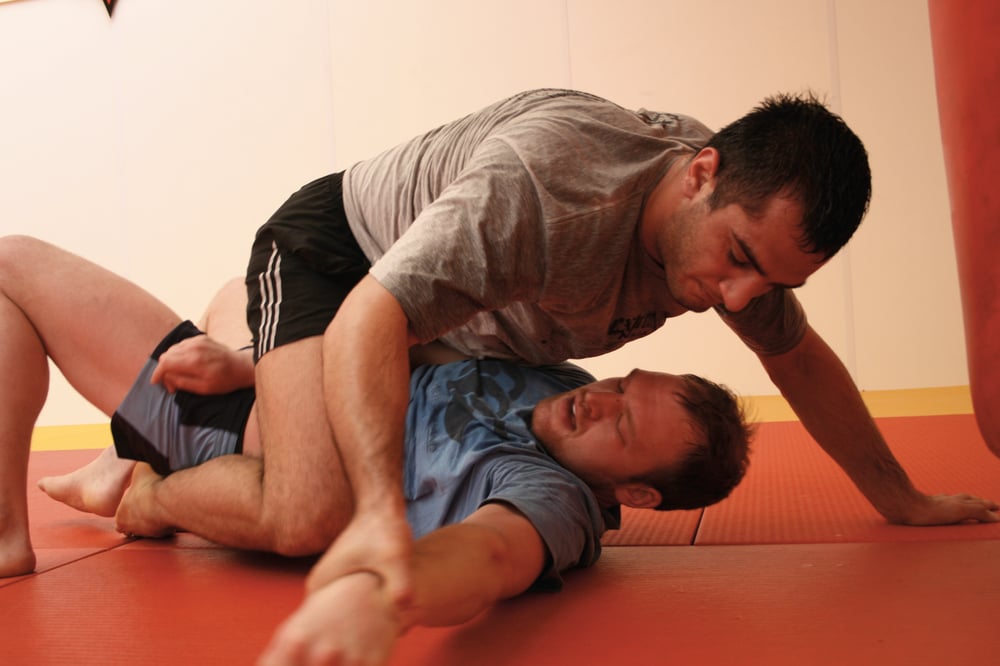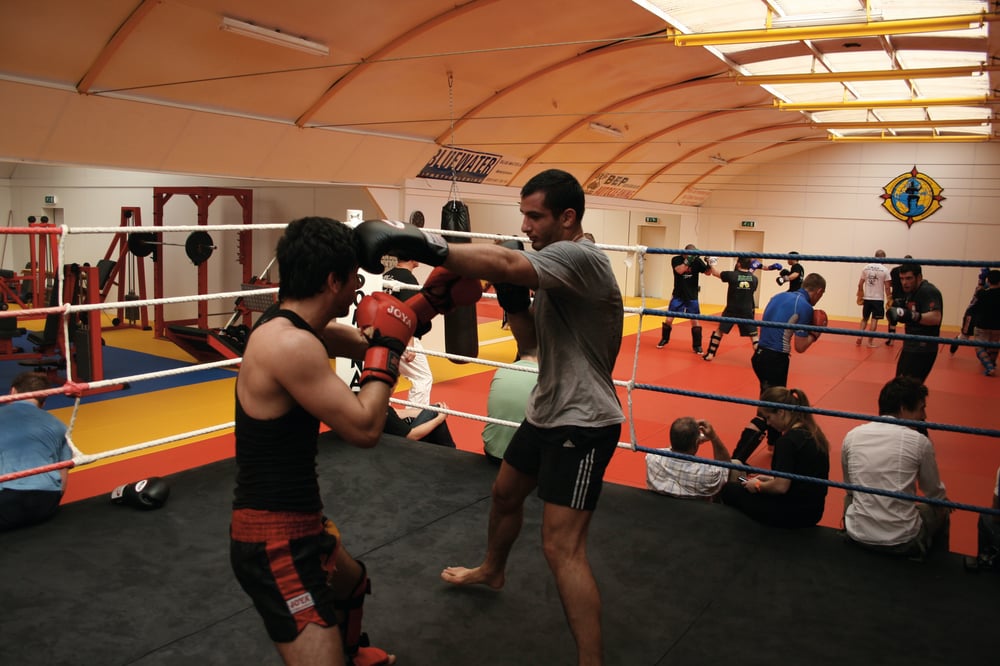
Issue 060
March 2010
Professional fighter Rosi Sexton is a sports therapist and osteopath-in-training. She has fought in countries such as Russia, Canada and the USA, and is ranked as one of the top competitors in her weight class.
I’m an aspiring MMA fighter with a 9–5 office job. I’d like to take the next step and move up to fighting pro, but I’m struggling to fit all my training in. I can’t do everything at once: if I concentrate on my grappling, my striking suffers and if I try and do a lot of sparring then I’m not able to keep up with my strength and conditioning work. Is there a way to balance it all, or should I accept my limitations and stick to fighting at a lower level?
It isn’t easy! As you move up the professional ranks you’ll increasingly be competing against opponents for whom training and fighting is a full-time job. But you shouldn’t give up just yet. Plenty of pro-level fighters still have full- or part-time jobs. The key is to make the most of the training time you have. Here are a few things to consider.
Periodize
Don’t try to work on everything all at the same time. Between fights, focus on a few things you want to improve on and concentrate mostly on them. For example, you might decide that your stand-up striking needs work, so spend more time on that, and just do enough on the other areas to maintain the level you are already at. The same principle applies to your strength and conditioning workouts. Of course, there’s a lot of skill involved in writing a good training program, and there is no substitute for having good coaches to guide you.
Cut out dead time
Make the most of every minute you’re in the gym. It’s all too easy, especially when you have a small group training together, to wander in and spend 20 minutes chatting, do a bit of grappling, sit around and talk about techniques for a while, do a bit more, discuss the latest UFC results, drill a couple of submissions from guard, get changed and go home. To avoid this, decide in advance what your plan is for the session, set your timer and go!
If you’re a member of a public gym, use this principle when choosing which sessions to go to – choose ones with a high work-rate, and less dead time.
Spar with a purpose in mind
Go to every session knowing what you want to work on. Have a focus for your sparring, whether it’s the armbar on the left side, your mount escapes, footwork and head movement, or setting up your double leg takedown; don’t go into every round just aiming to win – deliberately put yourself in positions where you can work on your weak points.
Use visualization
If you’re stuck for mat time, then running through techniques and strategies in your head at spare moments during the day can make a surprisingly large difference to your rate of learning.
Invest in some one-to-one coaching
If you don’t normally have access to private sessions or individual coaching then consider investing in some one-to-one sessions. You’ll pick things up much faster, and it makes perfect sense when time is at a premium.












